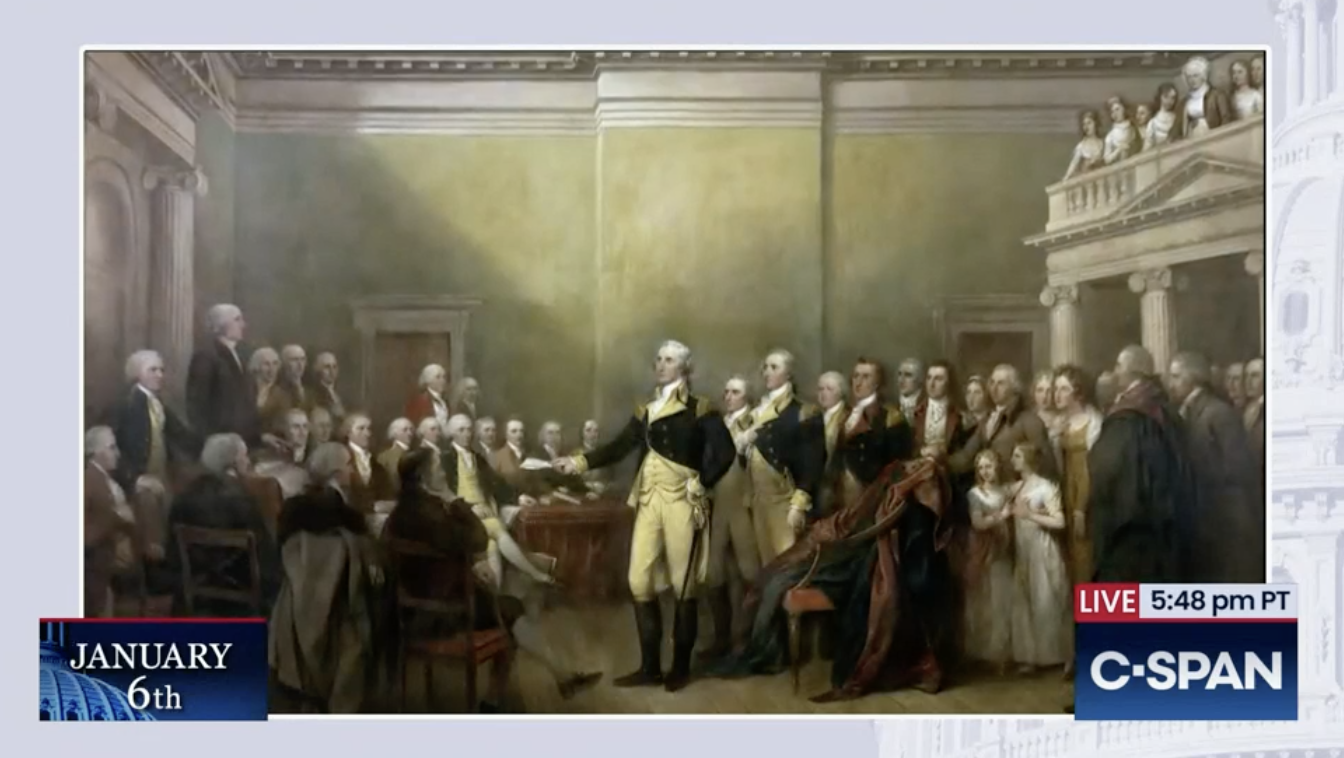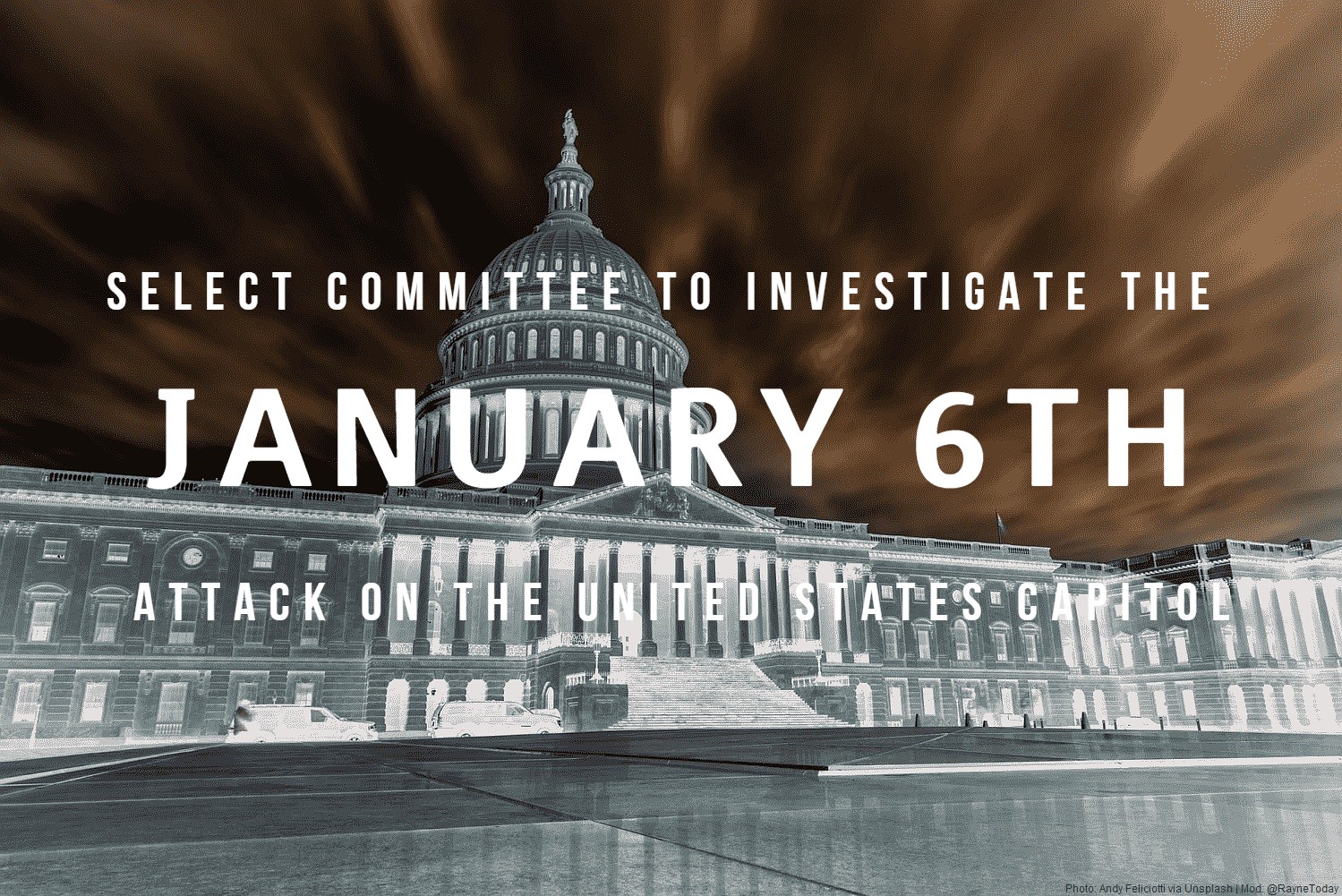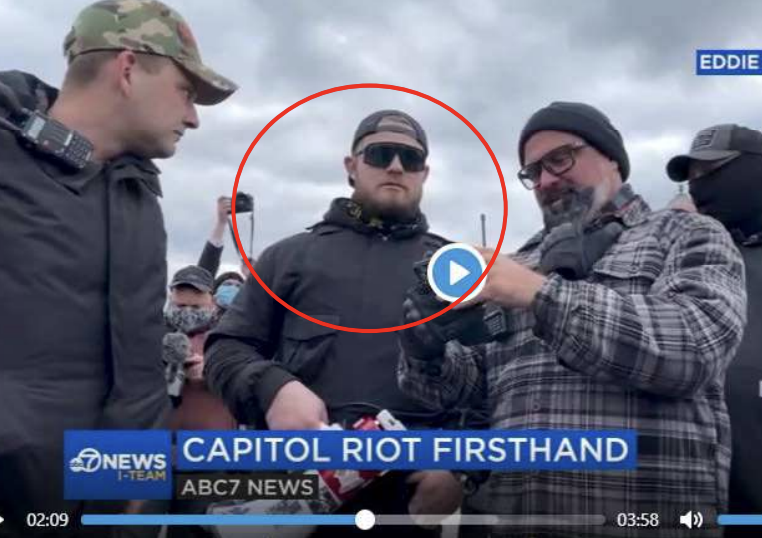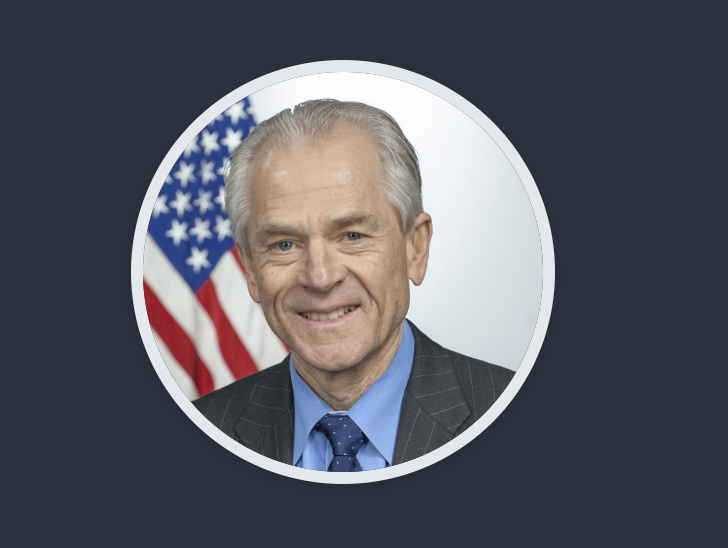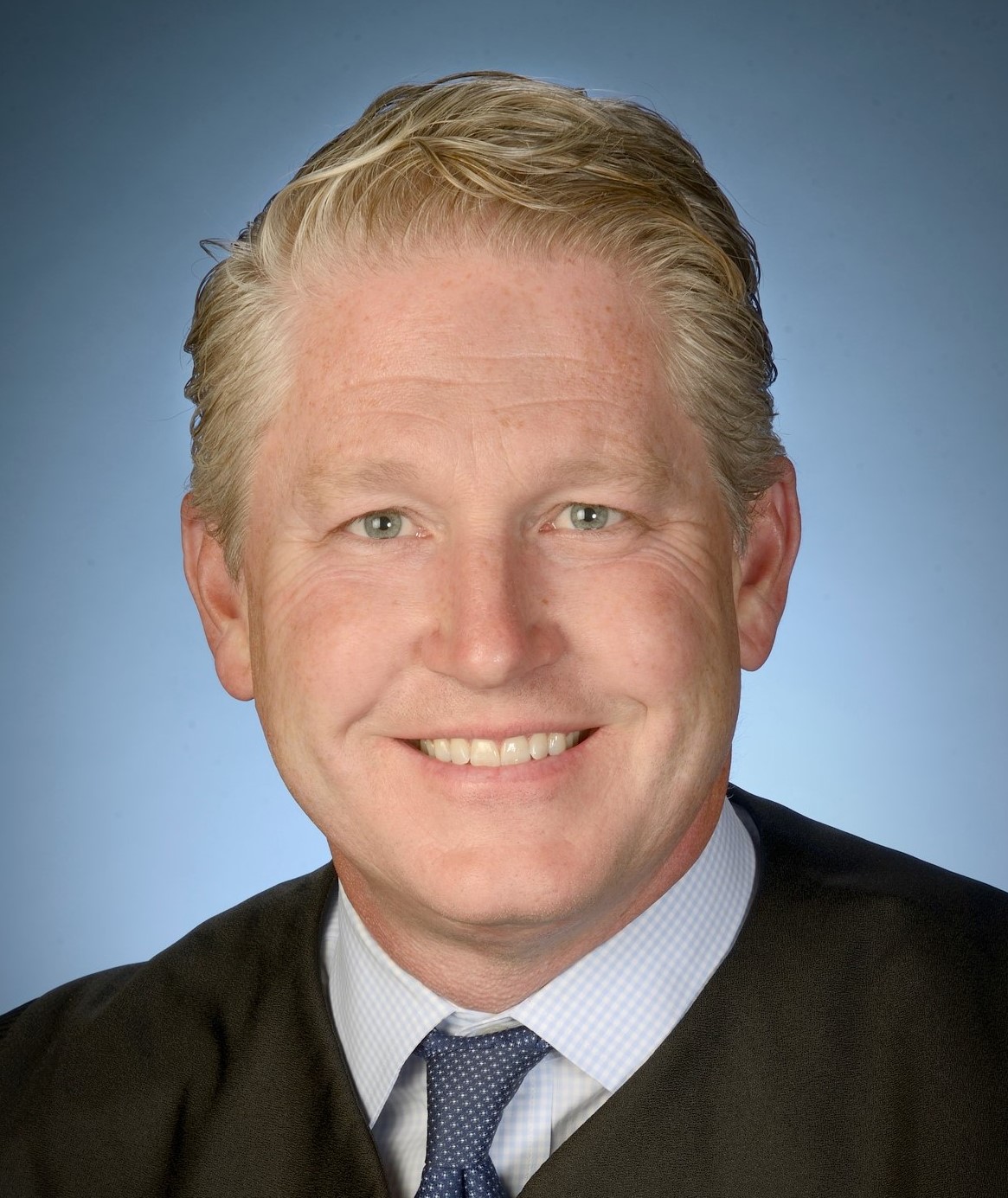I’ve got some potentially unwelcome news for you: Given the time zone differential, I think it unlikely I’ll stay up to watch tonight’s prime time hearing of the January 6 Committee. Hopefully, though, I’ll have reviewed it and posted on it by the time most of you wake up tomorrow.
That said, there seems to be a requirement somewhere that everyone do a big prep post of what to expect.
For example, Brookings did legal analysis of Trump’s legal exposure, laying out the evidence and legal background for charging him under 18 USC 371 and/or 1512(c)(2) and (k). I did a (actually, several) versions of that post too. But I posted it back on August 19, 2021.
The Brookings analysis misses a number of things, however. While it cites Judge Amit Mehta’s decision finding it plausible that Trump entered into a conspiracy with the Oath Keepers and Proud Boys (this is a much lower standard than the one DOJ would need to charge Trump), it doesn’t mention Mehta’s decision that Trump may have liability for aiding and abetting the assaults at the Capitol. Similarly, neither Brookings nor anyone else I’ve seen have noticed DOJ’s recent addition, in the same indictments in which they charged the militias for seditious conspiracy (Oath Keeper, Proud Boys), of 18 USC 372 charges, which is a conspiracy to prevent by force or intimidation any person from discharging his duties.
If two or more persons in any State, Territory, Possession, or District conspire to prevent, by force, intimidation, or threat, any person from accepting or holding any office, trust, or place of confidence under the United States, or from discharging any duties thereof, or to induce by like means any officer of the United States to leave the place, where his duties as an officer are required to be performed, or to injure him in his person or property on account of his lawful discharge of the duties of his office, or while engaged in the lawful discharge thereof, or to injure his property so as to molest, interrupt, hinder, or impede him in the discharge of his official duties, each of such persons shall be fined under this title or imprisoned not more than six years, or both.
As I’ve noted of late, the only other January 6 defendants charged with a 372 conspiracy are George Tanios and Julian Khater, for the alleged attack on Brian Sicknick and others. In the same way I was screaming in August that TV lawyers need to pay attention to how DOJ was using 1512(c)(2) (which they’ve finally started doing), I’m going to start screaming about 372 now. I think the 372 charges are designed to do more than backstop the showier conspiracy charges. Insofar as Mike Pence was acting in his role as President of the Senate on January 6 (and so would be included in the language about preventing by intimidation Members of Congress from carrying out their duties), it might be easier to charge people like John Eastman or Peter Navarro with 372 than with 1512. That’s because parts of this conspiracy didn’t rely on obstructing the vote certification, it relied on preventing Pence from doing his job.
Plus, Brookings remains, as virtually all such analysis does, far too focused on the events in the Willard, and far too little focused on the Capitol. It’s as if they don’t believe, or can’t conceive, how closely Trump is tied to the violence at the Capitol.
Hopefully, tonight’s hearing will change that focus. As the NYT first reported, documentarian Nick Quested and officer Carolyn Edwards will testify tonight.
When the committee on Thursday evening holds the first in a series of public hearings scheduled for this month, the two people said, it intends to present live testimony from Nick Quested, a British documentarian who was filming the group with its permission during the riot, and from Caroline Edwards, a Capitol Police officer who was injured, according to videotape of the incident, by a rioter who had been in a conversation moments earlier with one of the Proud Boys indicted on the sedition charge.
Mr. Quested spent a good deal of the postelection period filming members of the Proud Boys, including Mr. Tarrio, and is considered by the committee likely to have been a witness to their conversations planning for Jan. 6. Mr. Quested had accompanied the Proud Boys to pro-Trump rallies in Washington in both November and December 2020, and was on the ground with members of the group on Jan. 6 when several played a crucial role in breaching the Capitol.
Mr. Quested was also present with a camera crew on the day before the attack, when Mr. Tarrio met in an underground parking garage near the Capitol with a small group of pro-Trump activists, including Mr. Rhodes of the Oath Keepers. Late in the day on Jan. 6, Mr. Quested and his crew were with Mr. Tarrio in Baltimore, filming him as he responded in real time to news about the riot.
Ms. Edwards, a well-respected Capitol Police officer, is believed to be the first officer injured in the attack, and suffered a concussion during the assault.
Such testimony will explain how the Proud Boys kicked off the entire riot before Trump even finished. Edwards’ assault figures in language added to the Proud Boys indictment when Tarrio was added.
Seconds before 12:53 p.m., BIGGS was approached by an individual whose identity is known to the grand jury. The individual put one arm around BIGGS’s shoulder and spoke to him. Approximately one minute later, this individual crossed the barrier that restricted access to the Capitol grounds. This was the first barrier protecting the Capitol grounds to be breached on January 6, 2021, and the point of entry for NORDEAN, BIGGS, REHL, Donohoe, and PEZZOLA.
This assault — one implicating the Proud Boys in that exchange with Samsel — is the kind of thing covered by 372. A victim impact statement was read in a detention hearing for Samsel, which focused on how much lasting damage the assault had done to Edwards health and ability to work.
With Edwards and Quested’s testimony, I expect the Committee will show that the attack was far more than a disorganized mob, but instead was coordinated, almost like a dance. That coordination includes Alex Jones and his entourage, the Pied Pipers of insurrection, ordered to lead thousands to the attack on the Capitol.
The coordinated events at the Capitol are why another point missed by the legal analysis I’ve seen so far is so important. The Willard is actually the wrong place to start a prosecution of Trump. You can’t hold Trump responsible for the attack on the Capitol unless you first show that he was instrumental in mobilizing the people there — whether by inciting them at the rally, advertising the riot itself in ways rioters took to be orders, or coordination with the militias. All the other stuff just broadens the conspiracy to include the legal talent.
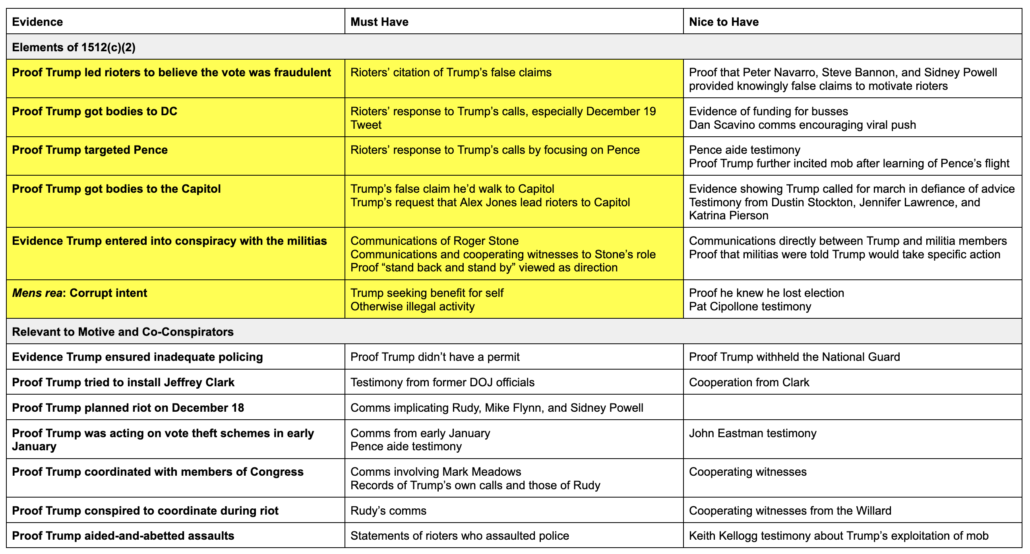
Trump wielded the mob as his weapon. There are witnesses to his premeditated plan to do that in the White House. But to show that those mobilized by Trump responded to his orders, you need to rely on their testimony.
And abundant testimony already shows that thousands would not have rioted except for Trump’s orders or his promises to meet supporters at the Capitol (and Alex Jones’ similar promises, used to move bodies around to form a second front of attack).
Enrique Tarrio thinks this focus is all being coordinated with DOJ. In the wake of the sedition indictment rolled out on Monday, Zach Rehl’s attorney Carmen Hernandez moved for permission to issue a press release responding to the indictment. Hernandez wants to note that Rehl is not, himself, accused of any violence.
Without adding a single factual allegation concerning Mr. Rehl, the government today filed the Third Superseding Indictment in the instant case, nearly 1-1/2 years after Mr. Rehl was first indicted and detained pretrial and just two months before he is scheduled to begin trial. Mr. Rehl is now charged with seditious conspiracy, an offense that requires the government to prove that Mr. Rehl “conspire[d] to overthrow, put down, or to destroy by force the Government of the United States.” Yet, the Third Superseding Indictment does not allege that Mr. Rehl used force at any time nor encouraged anyone to do so.
I think Rehl’s problem is not so much the conspiracy indictment, it’s that he’s the least culpable of the remaining defendants, on the hook for actions that Ethan Nordean, Joe Biggs, and Enrique Tarrio are alleged to have taken, and arguably included in the Leader indictment when others (like Ron Loehrke, who remains charged by complaint with civil disorder) were more instrumental to the success of the assault on January 6.
Tarrio has a different problem, however. Thus far, he’s the only one to have joined, in part, in Hernandez’ motion. He wants to issue a press release claiming that the only reason DOJ charged him with sedition is to make a big stink with the January 6 investigation.
The government filed the Third Superseding Indictment on June 6, 2022 to coincide with the January 6th Select Committee Hearings which are scheduled to commence on June 9, 2022 on prime-time TV. Additionally, the select Committee has announced that the hearings will commence immediately and with the central focus of Enrique Tarrio and the Proud Boys. Documentary producer, Nick Quested who was “imbedded” documented via video recording the events on January 6, 2022 which Mr. Tarrio was not present for. This suspiciously seems orchestrated at the highest levels of government. This Honorable Court should raise caution as to the true intent of why the Government filed a Third Superseding with trumped up allegations with no new supporting facts on the eve of the January 6th Select Committee Hearings.
As the Court is aware, Mr. Tarrio has always been cooperative with law enforcement and has always complied with judicial orders in the past. Mr. Tarrio even voluntarily appeared before the January 6 Select Committee and answered questions honestly without invoking his right to remain silent. In accordance with Local Criminal Rules 57.7, Undersigned seeks the authority of this Honorable Court to make a press release with full compliance of the Protective Order entered by the Honorable Court [D.E.82]
It’s not true that there are no new supporting facts. The sedition indictment added the Tarrio reference to the Winter Palace, seemingly evidence that he intended to occupy the Capitol thereby making it impossible for members of Congress to do their jobs (again implicating 18 USC 372).
At 7:39 pm, PERSON-1 sent two text messages to TARRIO that read, “Brother. ‘You know we made this happen,” and “I’m so proud of my country today.” TARRIO responded, “I know” At 7:44 pm. the conversation continued, with PERSON-1 texting, “1776 motherfuckers.” TARRIO responded, “The Winter Palace.” PERSON-1 texted, “Dude. Did we just influence history?” TARRIO responded, “Let’s first see how this plays out.” PERSON-1 stated, “They HAVE to certify today! Or it’s invalid.” These messages were exchanged before the Senate returned to its chamber at approximately 8:00 p.m. to resume certifying the Electoral College vote.
But as I noted the other day, the discovery index the government provided as of last Thursday did not yet reflect the cooperation of Charles Donohoe and may not reflect the cooperation of Louis Colon.
Tarrio may not be entirely wrong about some coordination, however — but it may work in the opposite direction.
Multiple reports on the January 6 Committee have indicated that they’re packaging their public hearings up with an eye towards making admissible evidence available to DOJ and other law enforcement investigations. Along with speech and debate and executive privileged testimony, the January 6 Committee has greater ability than DOJ to obtain the testimony of journalists than (under Merrick Garland’s media guidelines) prosecutors at DOJ can.
That’s why the prominent inclusion of Quested is of particular interest. As of last Thursday, there was just one reference to Quested in the Proud Boy Leaders discovery index (though his work is included in open source videos). But whatever testimony he provides tonight will become accessible to prosecutors, who have just one more week before deadlines on discovery start kicking in.
There’s one more detail that I expect the Committee to include that has gotten too little focus: the other bodies.
Because QAnon mobilized bodies in less direct ways than the Proud Boys or Oath Keepers, that effort is in some ways more accessible to Congress than to DOJ (because Congress doesn’t need to show probable cause to obtain evidence). And thus far, at least, the Committee’s efforts at understanding the role of the 1st Amendment Praetorian — militia associated more closely with Mike Flynn — have been more public than those of DOJ.

